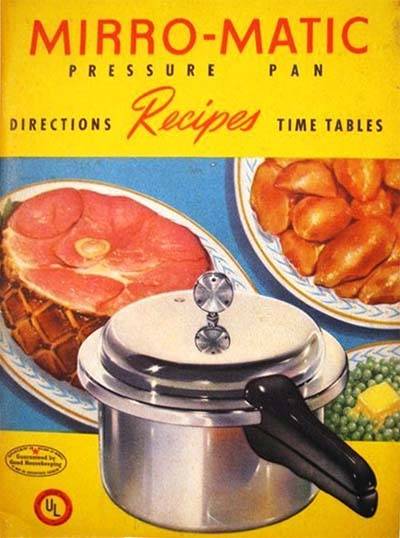 Invariably the uninsulated farm house my grandfather built only became hotter during the summer with the advent of canning season as my mom processed a seemingly endless stream of beets, corn, cucumbers, green beans, and tomatoes.
Invariably the uninsulated farm house my grandfather built only became hotter during the summer with the advent of canning season as my mom processed a seemingly endless stream of beets, corn, cucumbers, green beans, and tomatoes.
We didn’t have air conditioning until I was almost out of high school. Even then, it was only a single unit in the dining room, and my mom forbid us to sleep downstairs. She was right, going from heat to cold and back is hard on your system. During the summer in college I worked on a landscaping crew by day and froze during my restaurant shifts at night. It was actually a relief to return to my un-airconditioned apartment on the third floor of a brick walkup.
I was thinking about this as I was making pickles over the weekend. I could have made multiple batches of bread and butter pickles, but opted to make refrigerator dills to take advantage of my friend’s dill and keep the heat and humidity in the house to a minimum. I also began to think about ways to rework some recipes to minimize their impact as well.
On Saturday, I took two heads of broccoli, chopped them into bite sized bits, sprinkled them with water, and put them in a shallow bowl in the microwave on high for two minutes. I let the broccoli continue to steam in the microwave for a couple of minutes then put it in the blender with a cup of chicken stock, a few ice cubes, and a dollop of yogurt. A little salt and pepper and squeeze of lemon juice and we had lunch.
For dinner, I dragged out the small Mirro pressure cooker I bought on the Spoon River Drive with my sister last fall. It is actually older than I am. By the time I outfitted it with a new gasket and located a manual online, I could have bought a new one. Unlike other cookware, pressure cookers seem to have gotten comparatively cheaper over time.
The instruction manual for the pressure cooker is from an era when people ate well done meat and mushy vegetables. Of course, online references for cooking times aren’t that much better as they seem to be from back-to-the-land moms who like to feed their families nearly well done meats and nearly mushy vegetables. Be forewarned; these women also are prolific when it comes to slow cooker recipes. So, we typically we look at the instruction manual, subtract a few minutes, and punt. Sometimes it works, sometimes we have to resort to Plan B, like when the chickpeas for the chana masala are 80 percent of the way to being hummus. Apparently people liked mushy beans a half century ago and some women in Nebraska still do.
Before she left town, my friend Susan Chi gave me her husband’s awesome pork rib recipe for the pressure cooker. But Tailan’s recipe makes about 4 pounds of ribs and all we had was a package of goat stew meat. I modified it with what I had in the pantry to braise a single pound of meat and slashed a couple of minutes off the direction for cooking lamb steak in the pressure cooker manual. Twenty minutes later we had dinner. The result tasted like the belly buns at Golden Harbor, but with less guilt and no having to venture outside. We ate it over rice noodles and greens cooked in another pot while the meat was cooking.
Not Tailan’s Ribs
- 1 lb lean stew meat
- 5 cloves garlic
- 5 green onions cut into 2-inch pieces
- 1/2 c soy sauce
- 1/4 c rice wine or sherry
- 2 t sugar
- 1-inch piece of ginger, quarter sized diameter, peeled and sliced into rounds
- 2 star anise
- 1 T whole Szechuan peppercorns
- 5 black peppercorns
- Splash of Pernod (If you don’t have this, throw in another star anise)
Place meat, garlic, onions, soy, rice wine, sugar, ginger, and anise in pressure cooker. Tie both peppercorns in cheesecloth. If necessary, add enough water to come nearly to the top of meat. Place on lid and regulator. Cook at 10 pounds of pressure for 10 minutes. Cool on stove for five minutes, and finish cooling under cool water. When pressure is released, open pan and serve.








